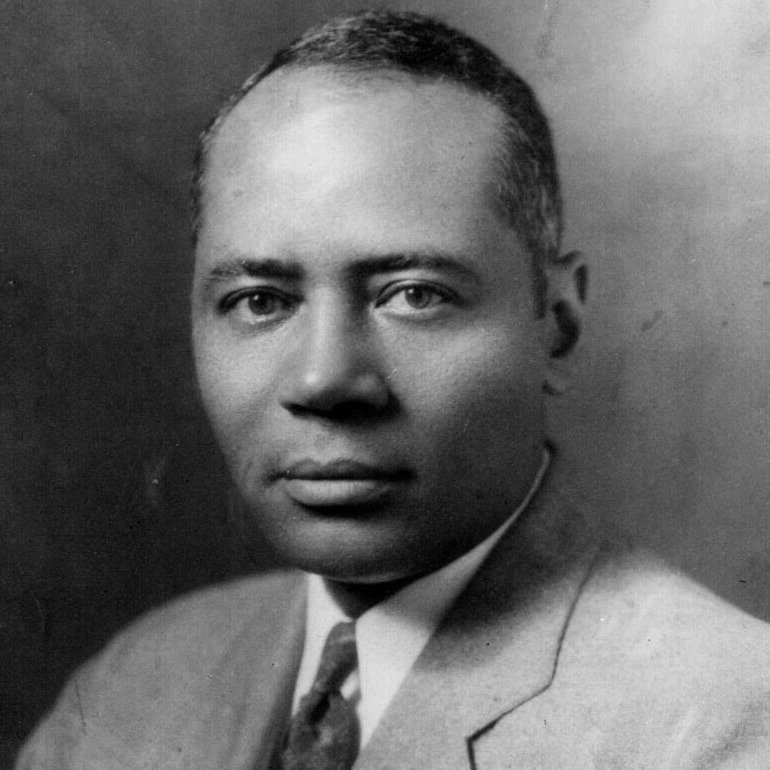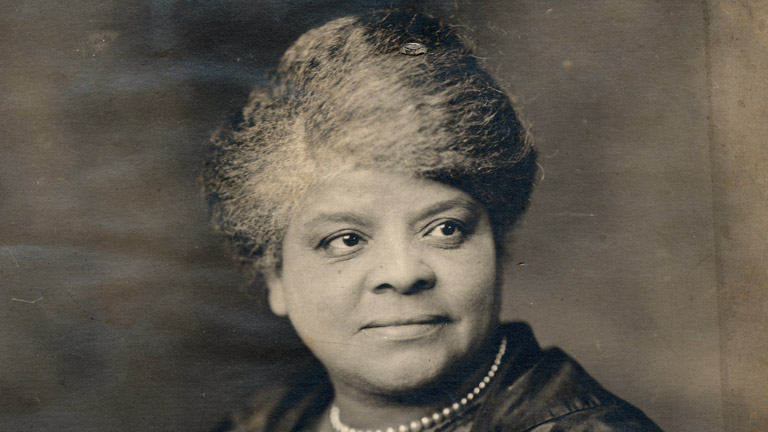
Before I begin, Dr. Martin Luther King Jr. was an amazing pillar of the Black community through the Civil Rights Movement. However, all too often schools treat him as the movement’s sole leader and Rosa Parks the boldest face of the movement. But in reality, it was a collaboration of numerous organizations and leaders. Many heroes of the Civil Rights Movement have remained largely unrecognized. And this is truly a disservice to the work they had done and the legacy that they had left.

1. Charles Hamilton Houston served as the Dean of Howard University’s law school and legal counsel for the NAACP. He worked on nearly every civil rights case at the Supreme Court level from the 1930’s to the 1950’s including Pearson v. Murray and State ex rel. Gaines v. Canada. The former established that the University of Maryland cannot exclude black students. The latter established that state law schools couldn’t exclude students based on race. Its influence didn’t stop there, however. It began to affect other non-law schools across the nation. He also served as a mentor to countless black lawyers including Thurgood Marshall. Although Houston died about four years before “Separate but equal” was ultimately declared unconstitutional, his hard work earned him the nickname “The Man Who Killed Jim Crow.”

2. Thurgood Marshall was a black lawyer and pupil of Charles H. Houston. He went on to argue various cases before the Supreme Court. The most famous being Brown v. Board of Education of Topeka: the case that unanimously struck down “separate but equal” segregation laws. Following this, he was appointed under John F. Kennedy as Solicitor General to argue cases on behalf of the U.S. government. He was later appointed to be the first African American Supreme Court Justice by President Lyndon B. Johnson.

3. Rev. Ralph Abernathy was a minister and co-founder of the Southern Christian Leadership Conference(SCLC), the organization that Dr. Martin Luther King would later work tirelessly with to protest injustice. Abernathy quickly became a close friend and ally to Dr. Martin Luther King Jr. Together, the duo lead the SCLC in organizing the St. Augustine protests, the March on Washington, and many other protests and demonstrations. Following the assassination of the incumbent President, Dr. King, Abernathy took over as President of the SCLC and continued to work against the tradition of segregation.

4. James Baldwin was a writer, journalist, playwright, and poet dedicated to both black and LGBT+ equality. As a speaker, he was said to have the strong and powerful style of Malcolm X while at the same time preaching the peaceful message of King. Baldwin was even honored on the cover of Time magazine and was praised for his straightforward depictions of social injustice. “There is not another writer who expresses with such poignancy and abrasiveness the dark realities of the racial ferment in North and South.” Over his life, he’d completed about 20 solo essays, plays, and poems as well as several other collaborative projects.

5. Ida B. Wells was a Reconstruction Era African American journalist and helped found the NAACP. She was a champion of feminism and black civil rights. She was born into slavery but gained her freedom following the end of the Civil War. Wells took it upon herself to document all the lynchings she could across the United States. She made several campaigns across the U.S and Europe teaching about the horrors of lynchings. While in Britain, she managed to move support away from Eurocentric feminists like Frances Willard, president of the Woman’s Christian Temperance Union. The British press was astonished that she could ignore such vicious atrocities and this allowed Ida to make many “white feminists” more intersectional.

6. Medgar Evers was a World War II veteran and became a civil rights activist from the 50’s until his assassination in 1963. He applied to and was denied admission from the University of Mississippi, a segregated school at the time. He tried to challenge their policy with a lawsuit headed by Thurgood Marshall. However, he never gained entry. Afterwards, he was named an NAACP field secretary where he helped organize a number of boycotts, protests, and voting rights campaigns. He soon rose to prominence as a black activist following his investigation into the death of Emmett Till and several attempts were soon made on his life. He was finally assassinated on June 12, 1963. He was shot through the heart and died shortly after. It wasn’t for another 31 years that his killer, Byron De La Beckwith, would be convicted.


Comments are closed.